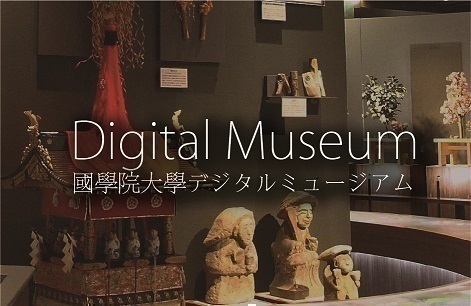- トップ
- Encyclopedia of Shinto
- Ainame-sai
Encyclopedia of Shinto
| Main Menu: | |
| Links: |
詳細表示 (Complete Article)
| カテゴリー1: | 5. Rites and Festivals |
|---|---|
| カテゴリー2: | State Rites |
| Title | Ainame-sai |
| Text | Also called Ainie no matsuri or Ainbe no matsuri. In ancient times, this festival was held at select shrines several days prior to the niinamesai festival to celebrate the new harvest. The first documentary mention of the term occurs in Nihonshoki under the entry for the third day of the tenth month of 676. Although the festival was conducted then in the tenth month, the Jingiryō records the rite as being celebrated on the first "day of the Hare" in the eleventh month. Under the ritsuryō system, imperial offerings (heihaku) were disbursed through the Jingikan to the supervisors (hafuribe) of shrines performing the festival. According to the Tenpyō ninen Yamato kuni seizei chō dankan, these offerings were received by the Ōmiwa-sha Shrine and seven of its associated shrines, while Ryōnogige lists the Yamato-sha Shrine (presently called Ōyamato Jinja) and eight associated shrines as recipients. The Ryōnoshūge (a.k.a. Ryōshaku) specifies that Yamato-sha and fifteen of its associated shrines received offerings, while the Engishiki lists Futonoto-sha and forty-one associated shrines. One theory holds that the geographical distribution of these shrines was established while imperial authority was concentrated in southern Yamato. There is no consensus regarding the origins of the festival's significance. Given its similarities with the Niiname-sai, various issues have been raised regarding the associations between the two. The fact that the Ainame-sai was one of the first festivals in Jingiryō to fall into decline was probably due to the resemblance with the Niiname-sai, which caused the distinctions between the two to become blurred. — Namiki Kazuko |




